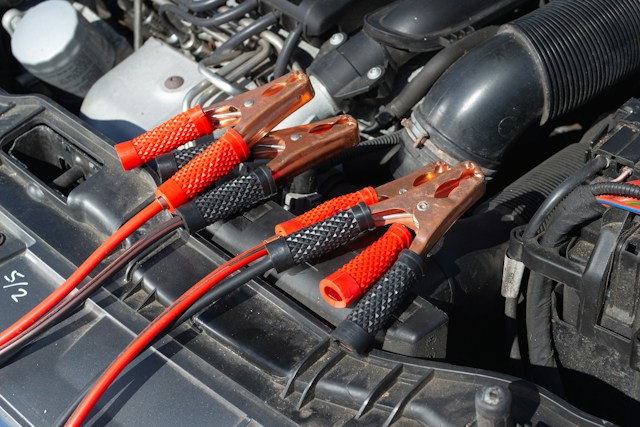How to Maintain a Car That You Rarely Drive
Whether it’s a vintage beauty, a spare vehicle, or a weekend joyride, cars that see infrequent use demand special attention to keep them in optimal condition. Neglect can lead to various issues, from battery problems to mechanical malfunctions. To ensure your prized joy remains reliable and ready when needed, here are some essential maintenance tips.
Regular Start-Ups and Short Drives
Even if you don’t use your car daily, make it a habit to start the engine and take it for a short drive at least once a fortnight. This helps maintain the functionality of various components, prevents the battery from draining, and lubricates essential parts of the engine. Short drives also help prevent flat spots on the tyres, ensuring they remain in good condition.
Battery Maintenance
Car batteries are prone to discharge when left unused for extended periods. To prevent a dead battery, consider investing in a battery maintainer. These devices provide a low, steady charge to keep the battery at an optimal level without overcharging. Additionally, disconnecting the negative terminal when the car is not in use can prevent parasitic drain and extend the battery’s life.
Fluid Checks and Changes
Fluids play a crucial role in the proper functioning of a vehicle. Regularly check the oil, brake fluid, transmission fluid, and coolant levels. Even if the mileage is low, fluids can degrade over time. Consider changing them based on the manufacturer’s recommendations, which often include both mileage and time intervals.

Tyre Care
Tyres are susceptible to flat spots and can lose pressure over time. Keep your tyres properly inflated and rotate them regularly, even if you don’t drive often. This prevents uneven wear and ensures the tyres maintain their integrity. If your car will be stationary for an extended period, consider using tyre chocks or parking on a set of jacks to minimise pressure on the tyres.
Adequate Storage
Where and how you store your rarely-driven car can significantly impact its condition. If possible, keep it in a garage or under a car cover to protect it from the elements. Exposure to sunlight, rain, and temperature fluctuations can lead to paint damage, interior deterioration, and other issues. Storing your car in a climate-controlled environment helps preserve its overall condition.
Fuel Tank and Stabiliser
When parking your car for an extended period, fill the tank to prevent moisture from accumulating inside. Moisture can lead to rust in the fuel system. Adding a fuel stabiliser to the tank before storage helps prevent fuel degradation and keeps the engine components in good condition.
Maintaining a rarely-driven car requires proactive care and attention to detail. By incorporating these tips into your routine, you can ensure that your vehicle remains in top-notch condition, ready to hit the road whenever you decide to take it for a spin. Regular checks, occasional short drives, and proper storage are key to preserving the longevity and performance of your cherished ride.